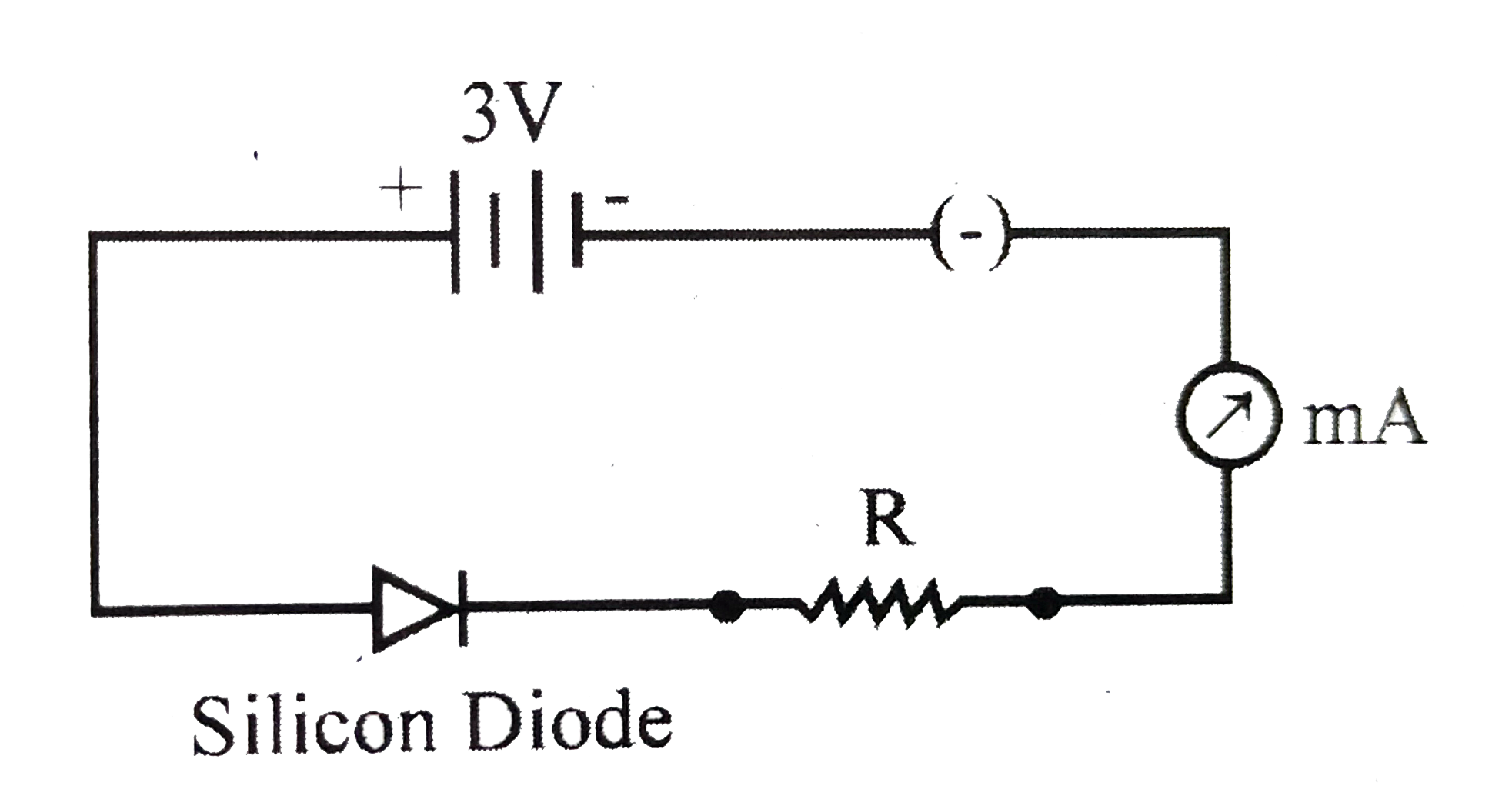In the a.c. circuit shown in fig, the main supply hs constant voltage but variable frequency. For what frequency will the voltage across the resistance R be maximum ?

The voltage across the resistnce will be maximum, when
XL=XC,ωL=1ωC,ω=1√LC
ω=2πv=1√LC=1√1π10−6π
=π10−3=1000π
v=1000π3π=500Hz
Topper's Solved these Questions
- BOOK - PRADEEPCHAPTER - ELECTROMAGNETIC INDUCTION & ALTERNATING CURRENTEXERCISE - Solved Examples (b)1videos
ELECTROMAGNETIC INDUCTION & ALTERNATING CURRENT
- BOOK - PRADEEPCHAPTER - ELECTROMAGNETIC INDUCTION & ALTERNATING CURRENTEXERCISE - Short Answer Qusetions2videos
ELECTROMAGNETIC INDUCTION & ALTERNATING CURRENT
- BOOK - PRADEEPCHAPTER - DUAL NATURE OF RADIATION AND MATTEREXERCISE - Exercise191videos
DUAL NATURE OF RADIATION AND MATTER
- BOOK - PRADEEPCHAPTER - ELECTROMAGNETIC WAVESEXERCISE - II Focus multiple choice question5videos
ELECTROMAGNETIC WAVES
Similar Questions
Knowledge Check
- Question 1 - Select One
In the circuit shown in figure , the supply has a constant rms value V but variable frequency f. The frequency at which the voltage drop across R is maximum is
 A100 HzB500 HzC300 HzDNone of these
A100 HzB500 HzC300 HzDNone of these - Question 2 - Select One
In the a.c circuit shown in figure, the supply voltage has a constant r.m.s value but variable frquency f. Resonance frequency is
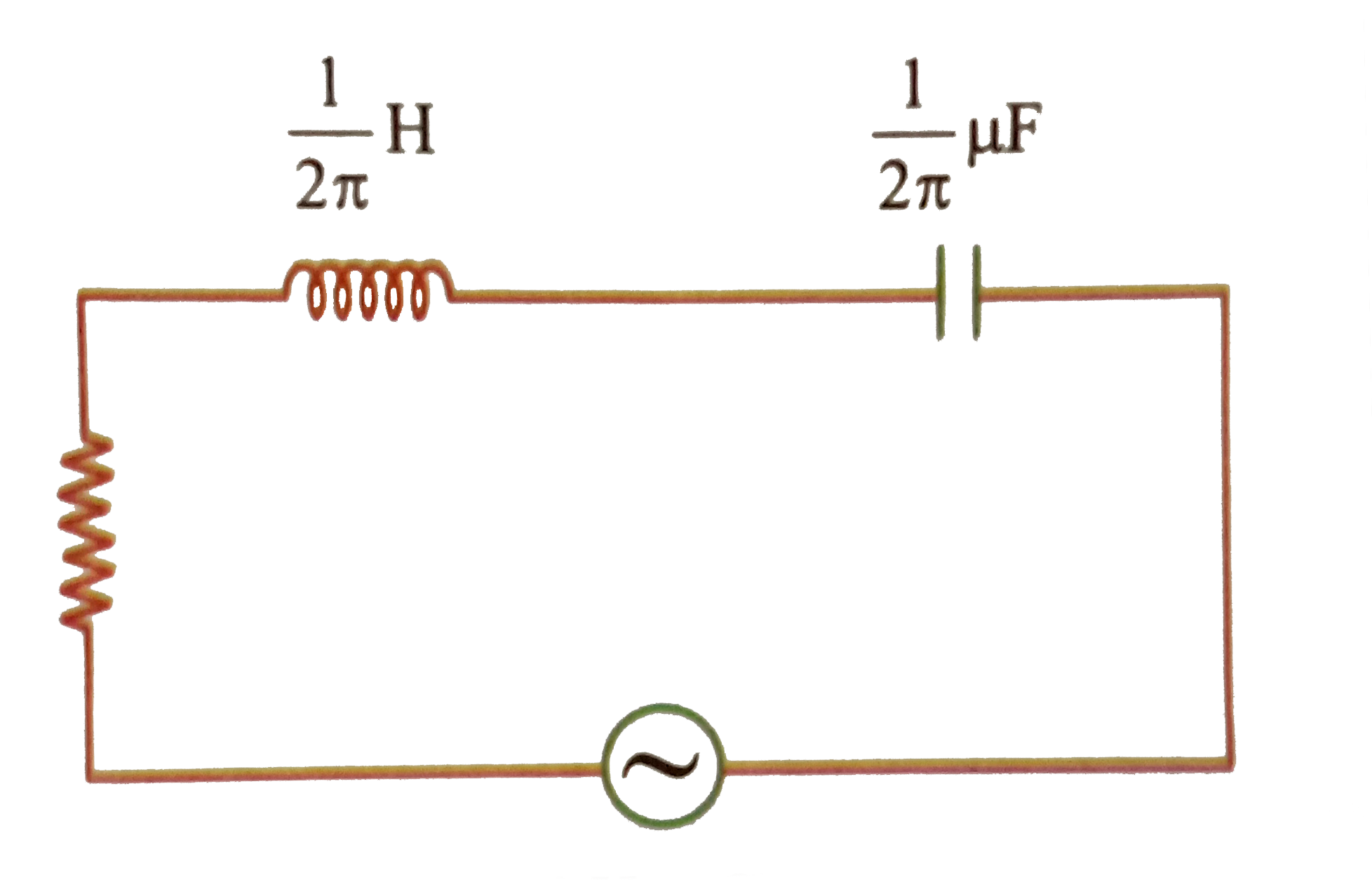 A10HzB100HzC1000HzD200Hz
A10HzB100HzC1000HzD200Hz - Question 3 - Select One or More
In an ac circuit shown in fig , the supply voltage has a constant rms value v but variable frequency f. At resonance, the circuit
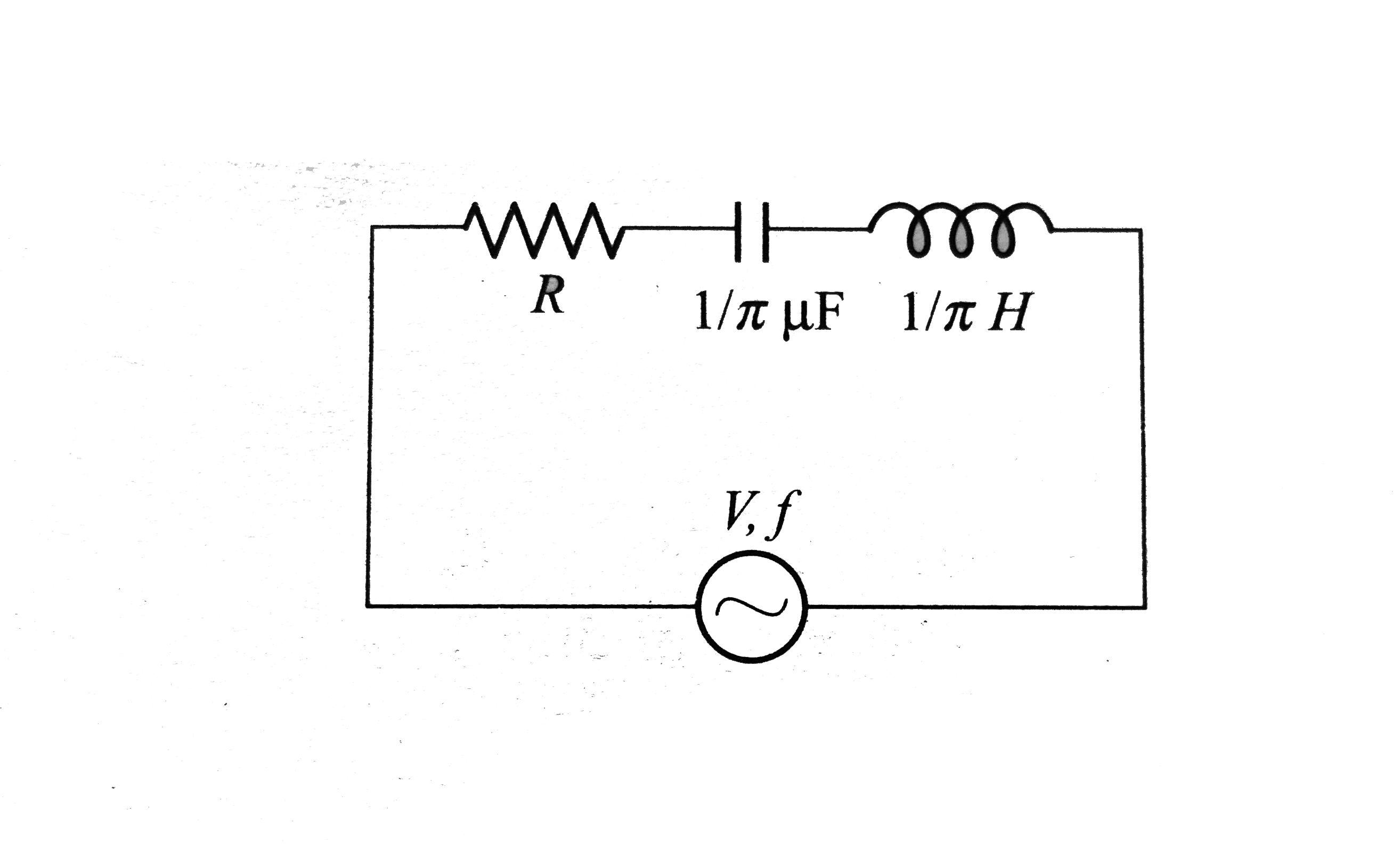 Ahas current I given by I=VRBhas a resonance frequenv=cy 500 HzChas a voltage across the capacitor which is 180∘ out of phase with that across the inductorDHas a current given by I=V√R2+(1π+1π)2
Ahas current I given by I=VRBhas a resonance frequenv=cy 500 HzChas a voltage across the capacitor which is 180∘ out of phase with that across the inductorDHas a current given by I=V√R2+(1π+1π)2
In the circuit shown in Fig.a voltage V is connected across lamp L. What changes would occur at lamp and the voltage V, if the resistance R is reduced in value?
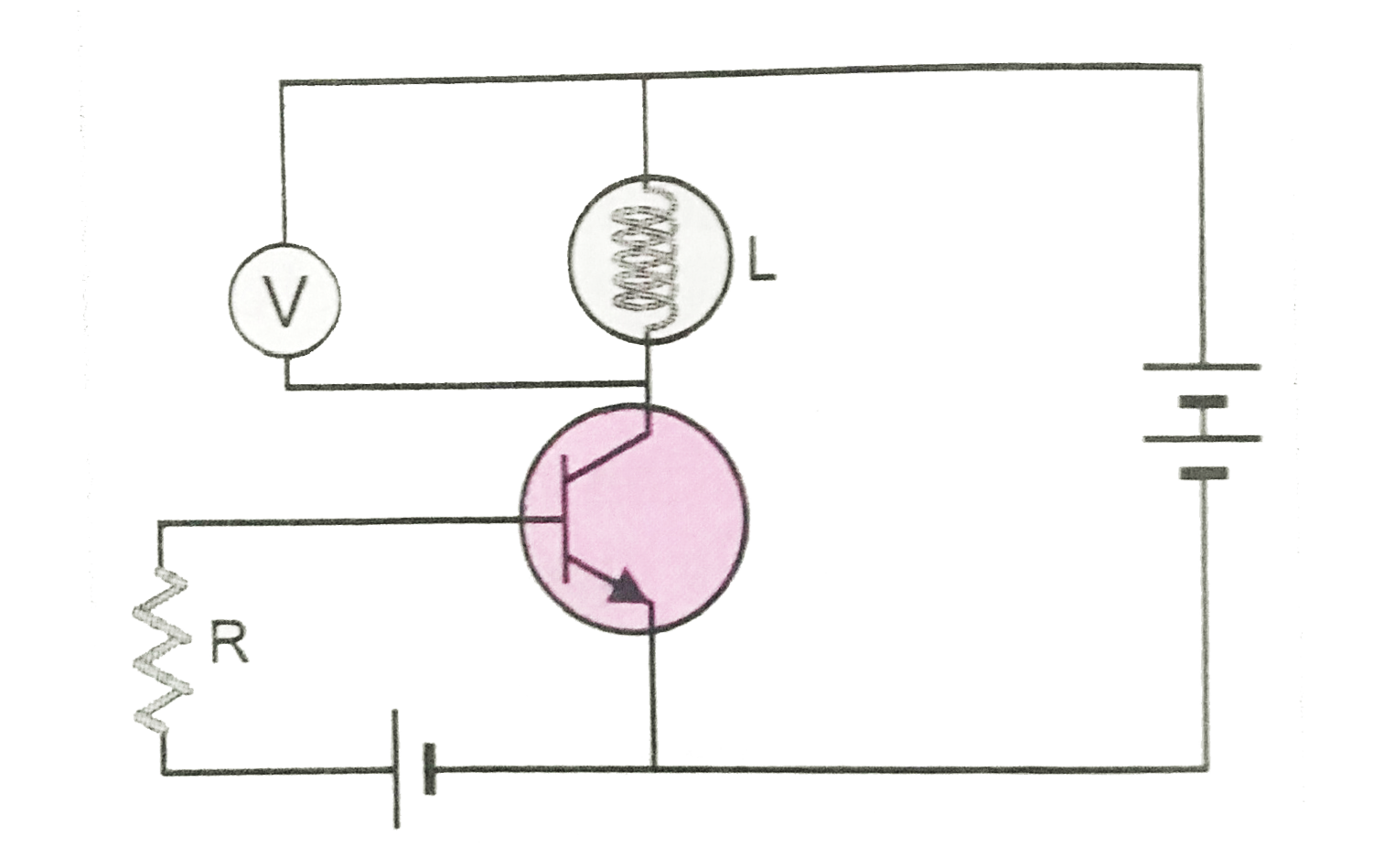 View Solution
View SolutionIn L-R circuit, the a.c. source has voltage 220 volt. If the potential difference across the inductance is 176 volt, the p.d. across the resistance will be
View SolutionAnswer the following questions :
(a) In any a.c. circuit, is the applied instantaneous voltage equal to the algebraic sum of the instantaneous voltages across the series elements of the circuit ? Is the same true for rins voltage ?
(b) A capacitor is used in the primary circuit of an induction coil.
(c) An applied voltage signal consists of a superposition of a d.c. voltage and an a.c. voltage of high frequency. The circuit consists of an inductor and a capacitor in series. Show that the d.c. signal will appear across C and the a.c. signal across L.
(d) A choke coil in series with a lamp is connected to a d.c. line. The lamp is seen to shine brightly. Insertion of an iron core in the choke causes no change in the lamp's brightness. Predict the corresponding observations if the connection is to an a.c. line.
(e) Why is choke coil needed in the use of fluorescent tubes with a.c. mains ? Why can we not use an ordinary resistor instead of the choke coil ?View SolutionIn given circuit, correct curve depicting voltage across resistance R, with time is?
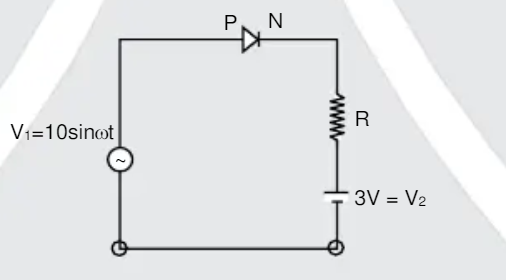 View Solution
View SolutionIn the a.c. circuit shown in the figure. The supply voltage has a constant r.m.s value V but varialbe frequency f. Resonance frequency in hertz is
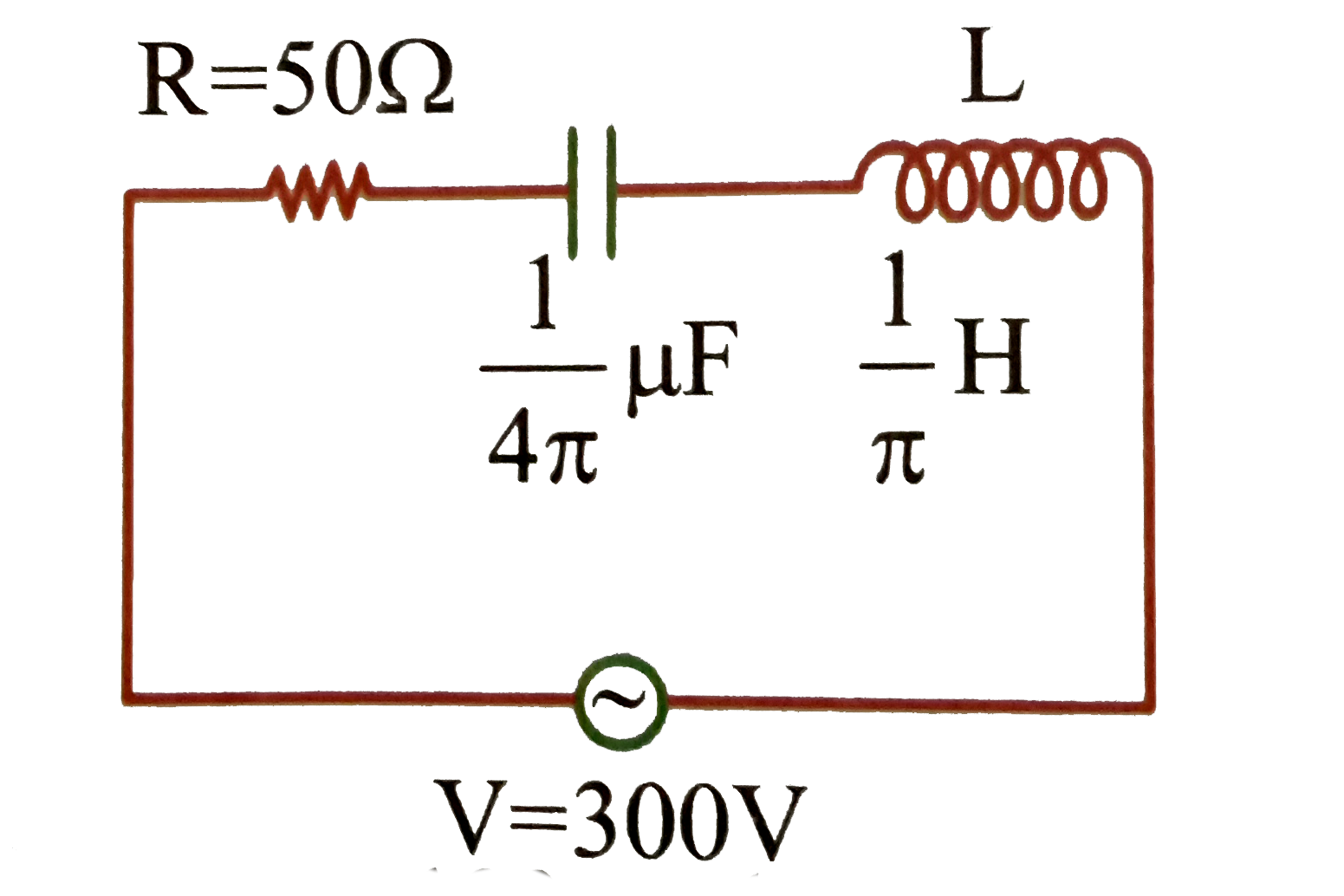 View Solution
View Solution


